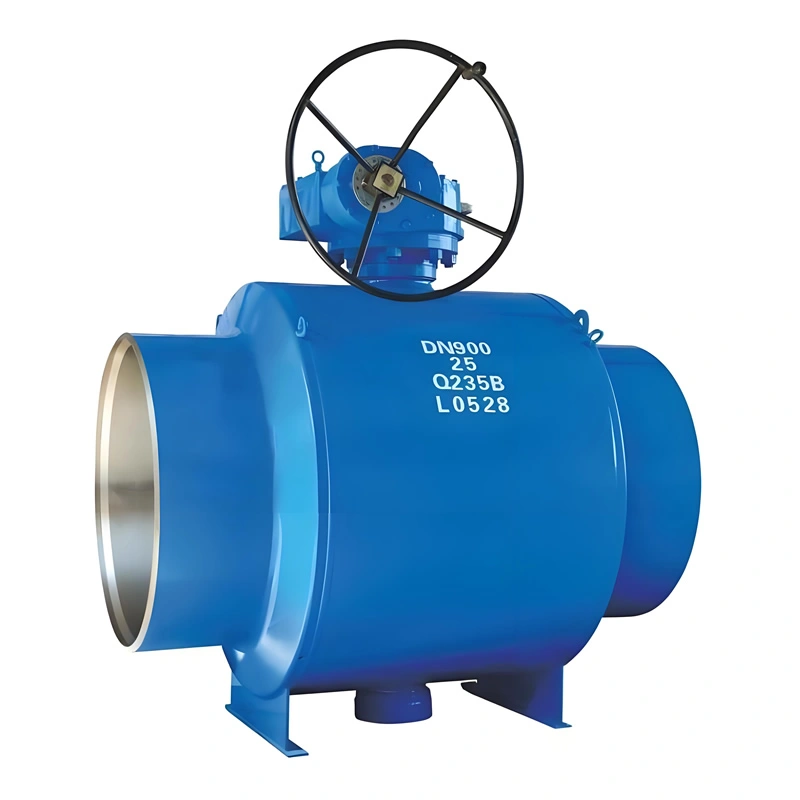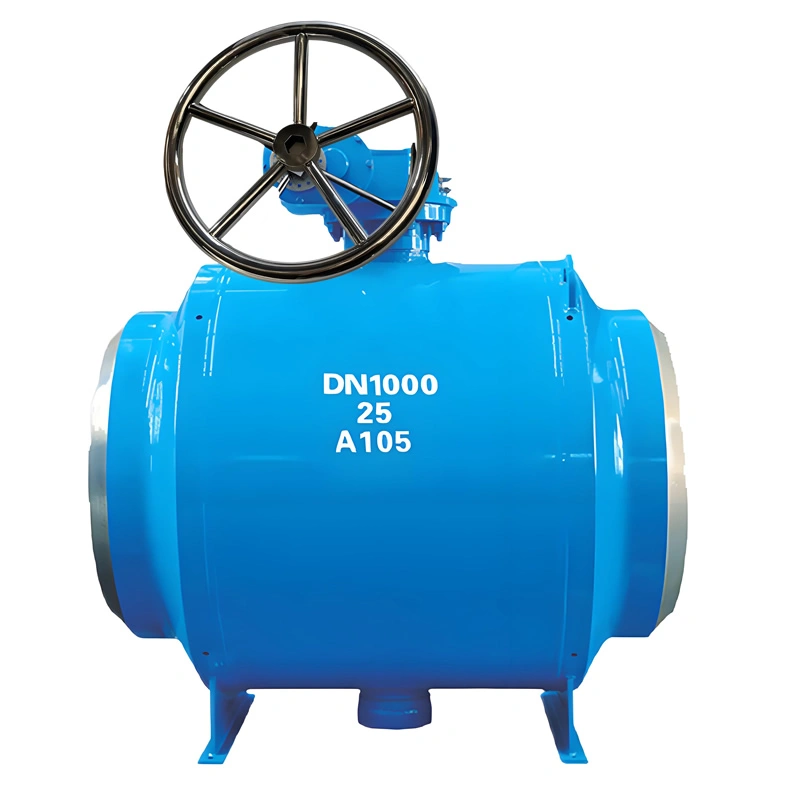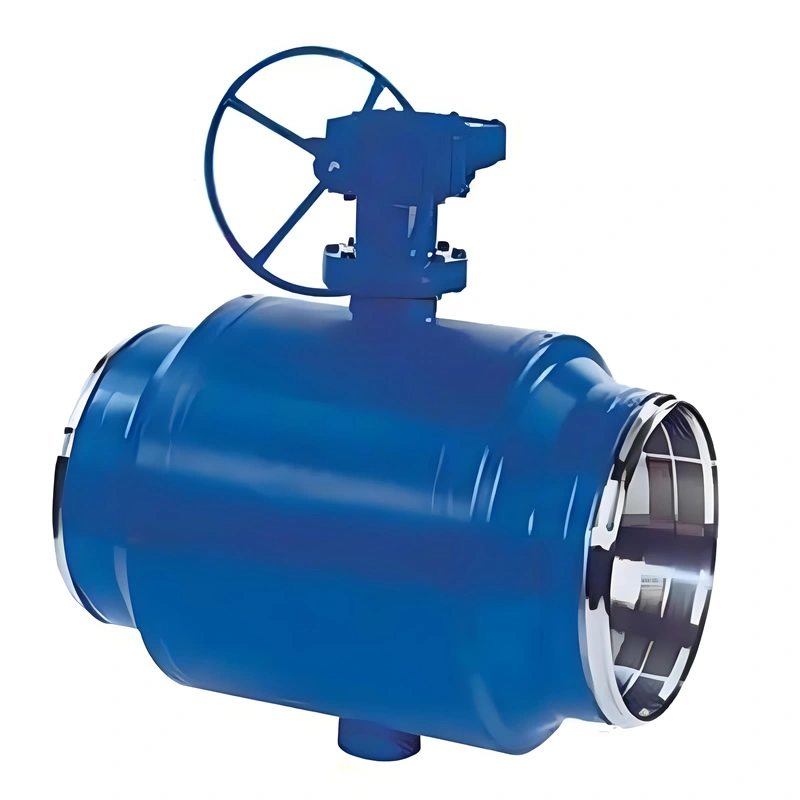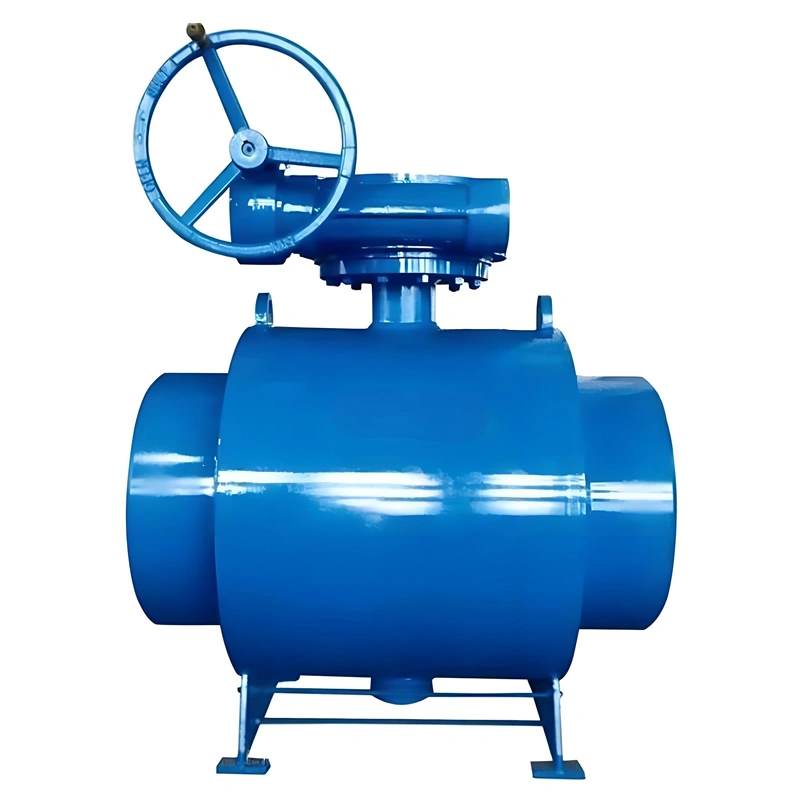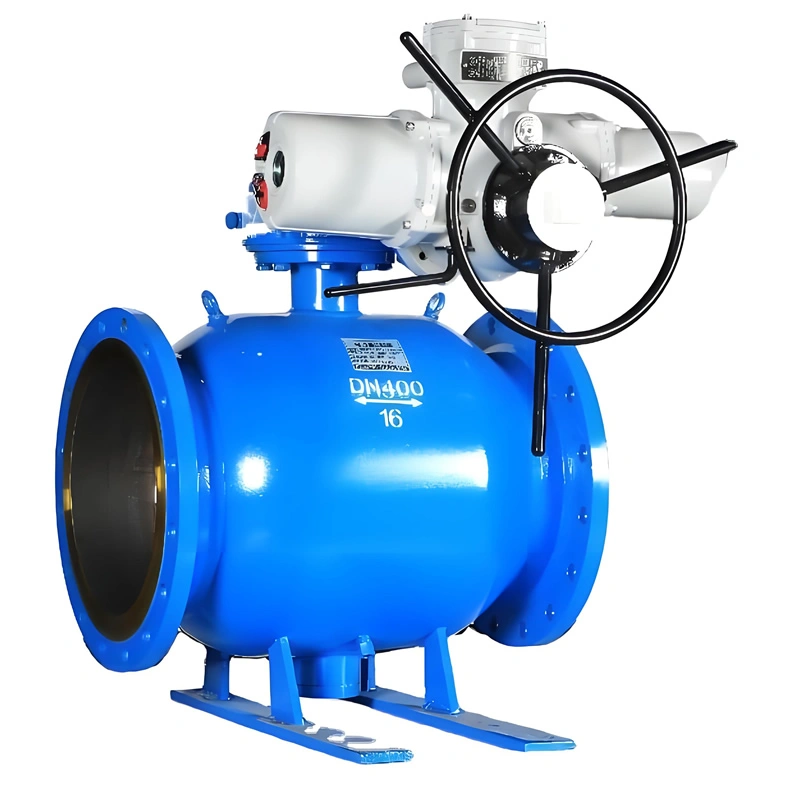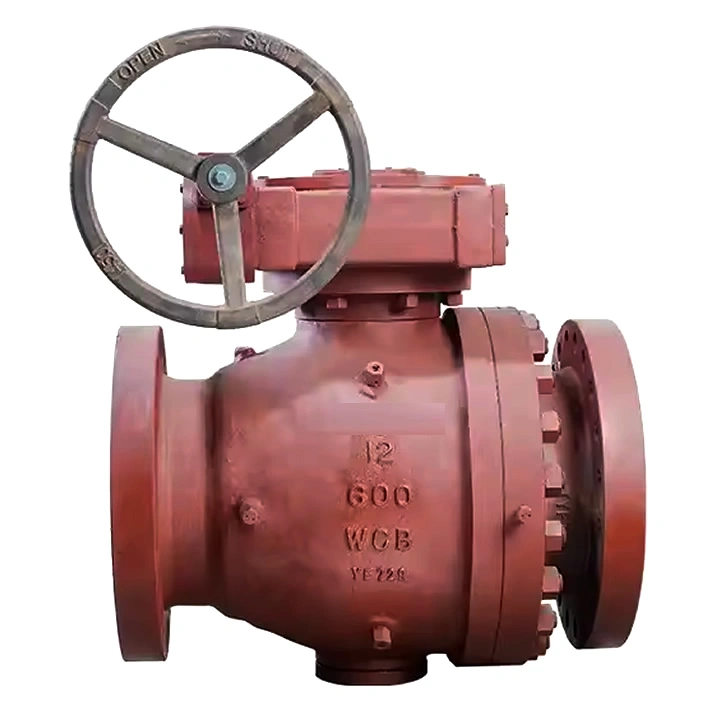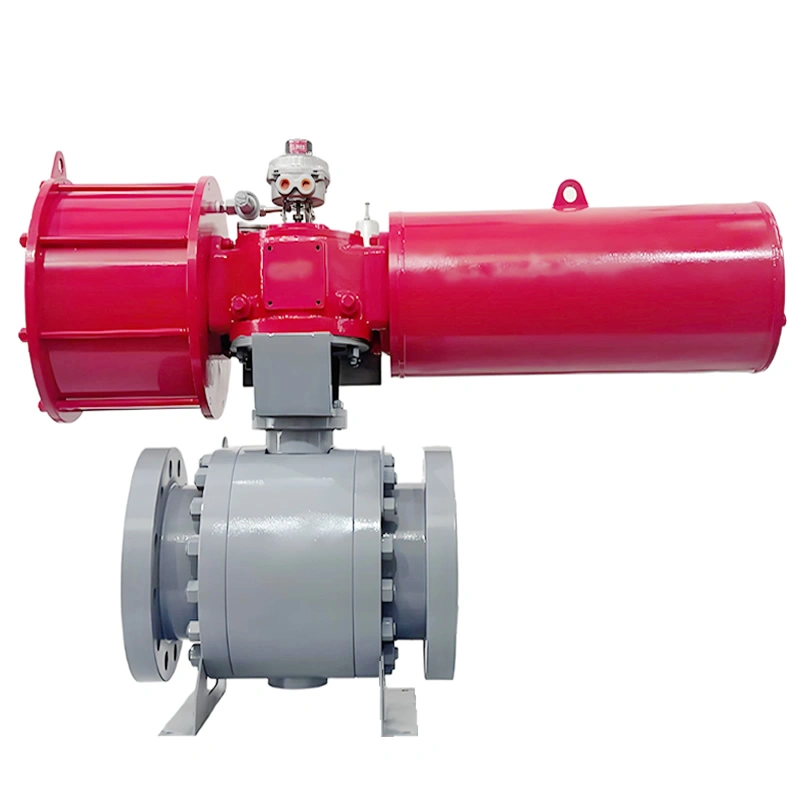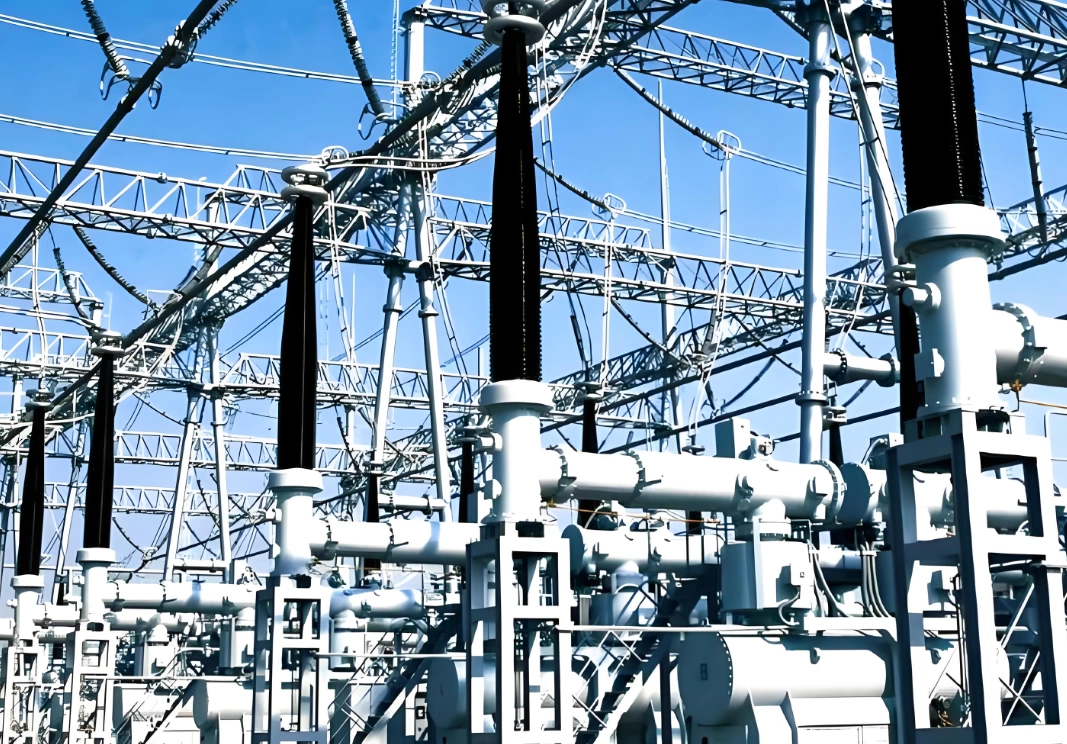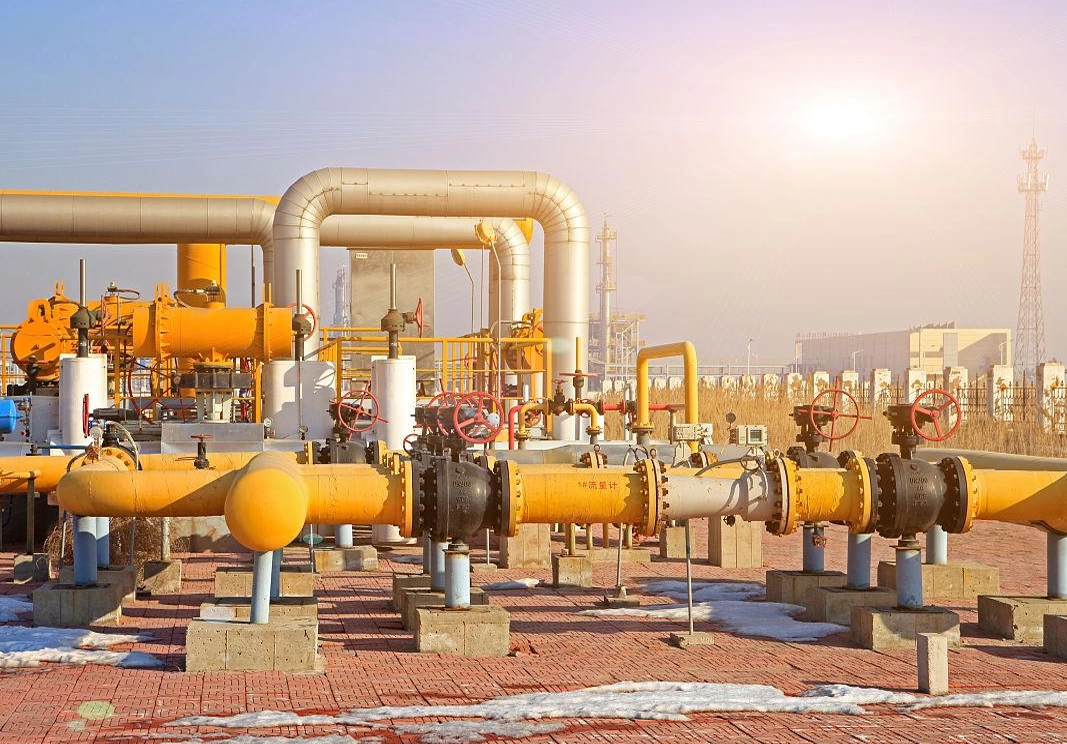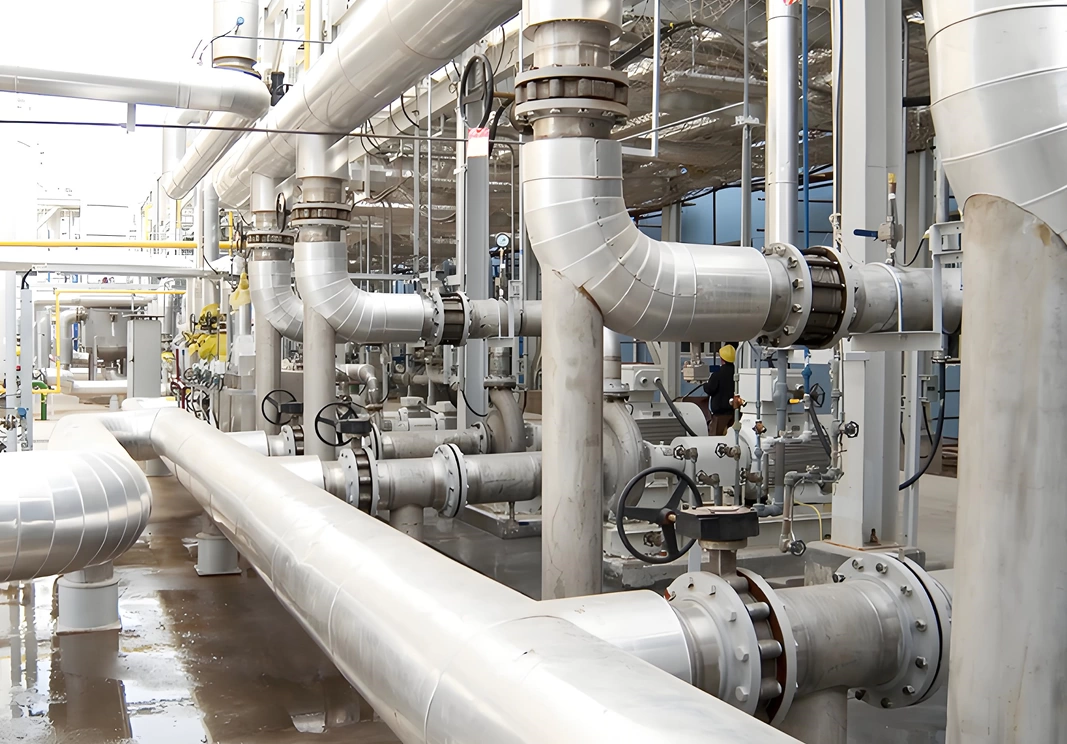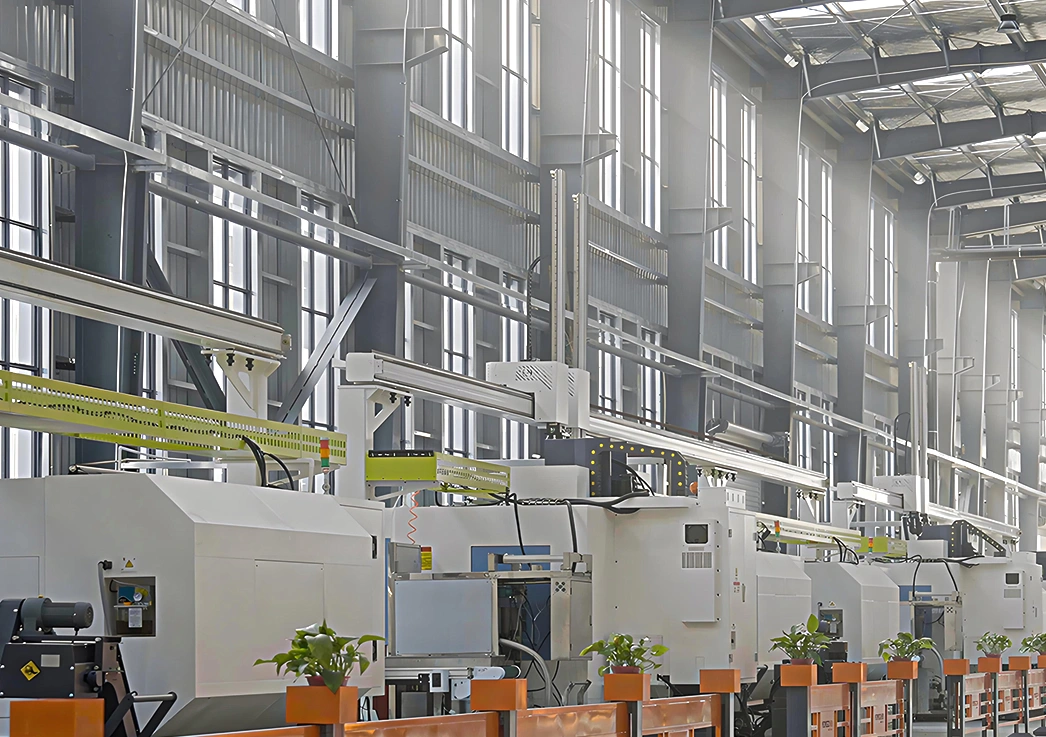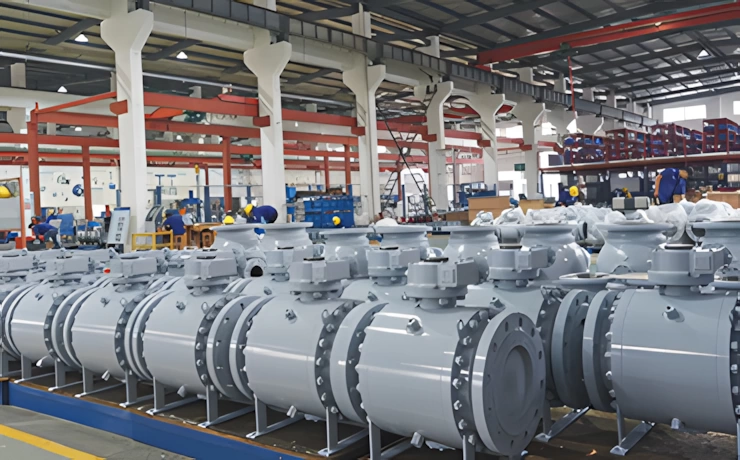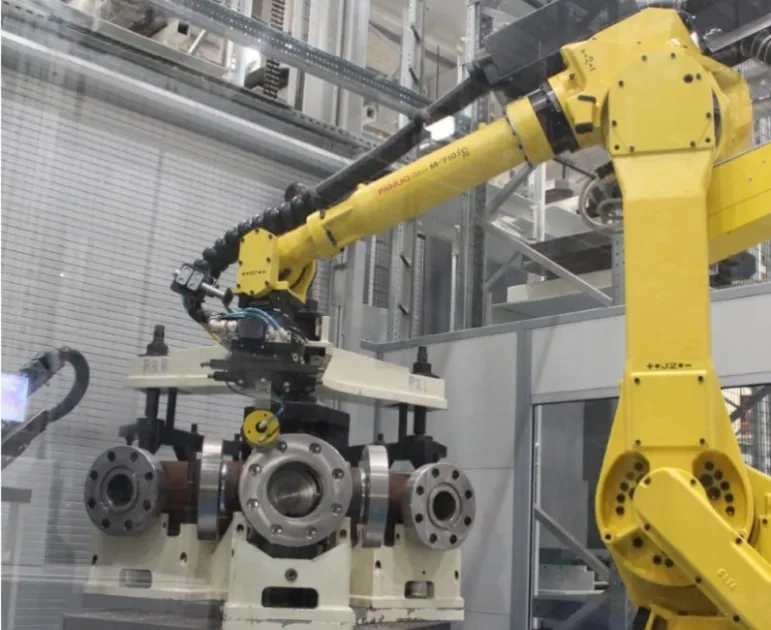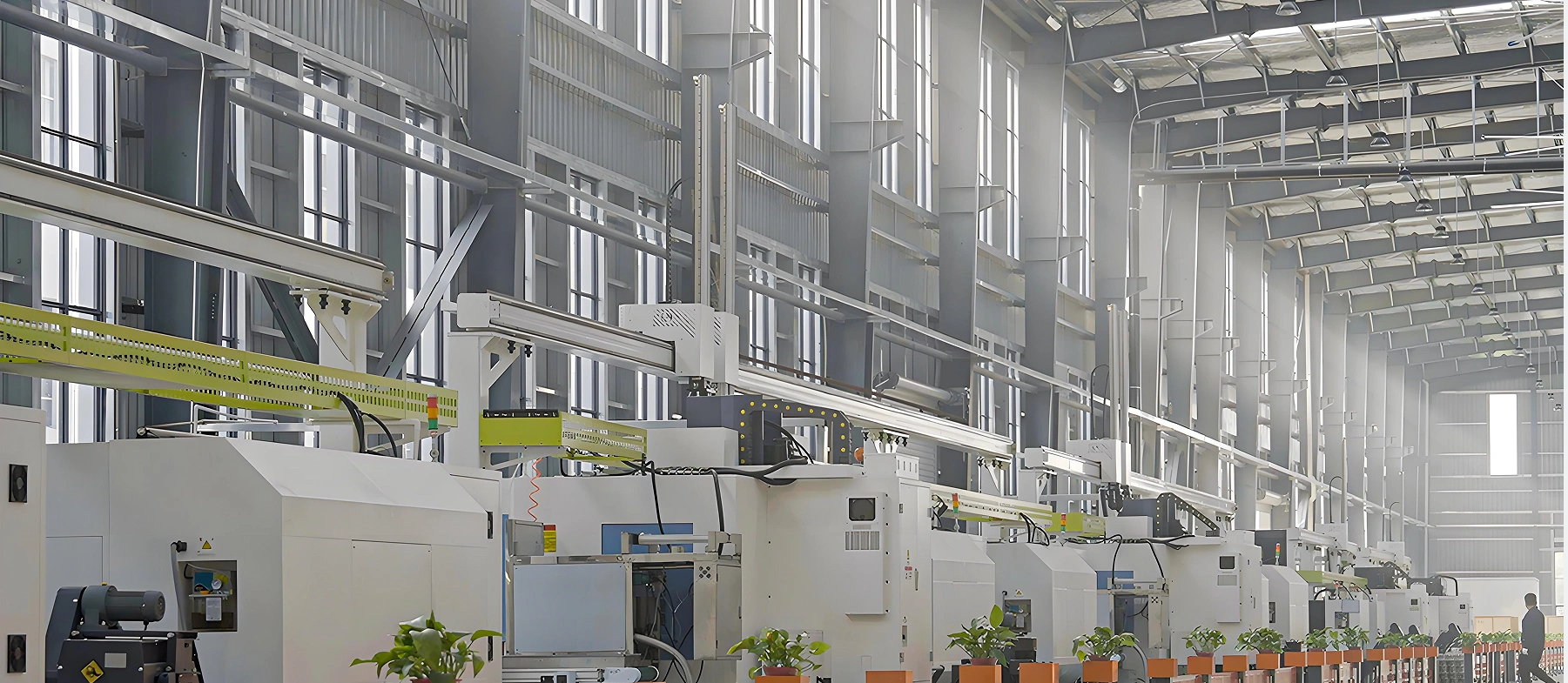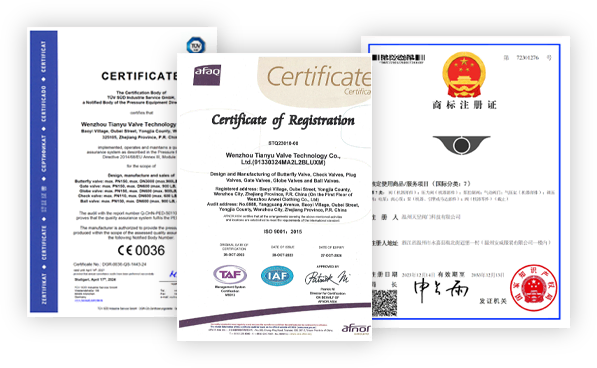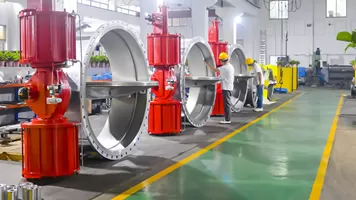The full welded design replaces traditional flange connections with butt welds between the valve body and pipeline. This eliminates flange gaskets, which are prone to leakage under thermal cycling, pressure fluctuations, or long-term use. In buried pipeline applications (e.g., municipal gas mains), the welded structure also prevents soil corrosion from seeping into connection points, extending the valve’s service life by 30-50% compared to flanged valves.
The welded joints undergo non-destructive testing (NDT) including radiography and ultrasonic inspection to ensure no internal defects, meeting the strict leakage requirements of Class 150 large-diameter pipelines. For offshore or humid environments, the valve surface is coated with anti-corrosive epoxy paint, further enhancing durability.
Unlike floating ball valves, where the ball relies on media pressure for sealing, the trunnion-mounted design supports the ball via upper and lower trunnions. This eliminates radial displacement of the ball under high flow rates (up to 10,000 m³/h for DN1000 models) and pressure fluctuations, reducing seat wear and ensuring consistent sealing performance over thousands of cycles.
The trunnion design also enables bidirectional sealing, a critical feature for long-distance pipelines where media flow may reverse (e.g., during pipeline pigging or system maintenance). The ball’s precision-machined spherical surface (Ra ≤0.8μm) ensures uniform contact with the soft seal, achieving ANSI/FCI Class VI leakage even at minimum operating pressure.
Manual operation of large-diameter valves typically requires significant torque, but the integrated worm gear system reduces operating effort through precise gear reduction. The bronze worm wheel and steel worm offer high transmission efficiency (≥85%) and low backlash, ensuring smooth, jerk-free rotation. For DN1000 Class 150 valves, the operating torque is reduced to ≤1500 N·m, allowing one operator to complete a 90° open/close cycle in 8-12 turns.
The worm gear box is sealed with O-rings and equipped with a grease injection port for regular lubrication, maintaining operational efficiency even in harsh environments (e.g., dusty industrial sites or outdoor installations). The handwheel features an ergonomic design with anti-slip grooves, facilitating operation with gloves in low-temperature conditions.
The PTFE/RPTFE soft seals provide exceptional sealing performance and chemical inertness. PTFE is resistant to most acids, alkalis, and organic solvents, making it suitable for media such as water, oil, natural gas, and mild chemicals. Reinforced PTFE adds glass fiber or carbon fiber to improve mechanical strength, preventing seal deformation under high pressure or temperature.
The seals are spring-loaded to compensate for thermal contraction and wear, ensuring consistent sealing pressure throughout the valve’s service life. In tests, the soft sealing system maintains ANSI/FCI Class VI leakage after 10,000 open-close cycles, outperforming industry averages for soft-sealed ball valves.
The built-in electrostatic discharge device creates a conductive path between the ball, stem, and body, diverting static charges generated by friction between the ball and seal to the ground. This eliminates the risk of static sparks, which is critical for flammable media applications (e.g., gasoline or natural gas pipelines).
For high-risk industries such as oil refining or chemical processing, the optional fire-safe design (API 607) provides secondary protection. In the event of a fire that damages the soft seal, the metal seat and ball form a tight metal-to-metal seal, preventing media leakage and containing the fire within the pipeline system.
- WCB Carbon Steel Verification: Raw WCB billets undergo spectral analysis to confirm chemical composition (C: 0.25-0.35%, Mn: 0.60-1.00%) and ultrasonic testing (UT) to detect internal porosity or cracks. Mechanical testing (tensile, impact) ensures compliance with ASTM A216 standards, particularly impact toughness at -29℃.
- Seal Material Testing: PTFE/RPTFE seals are tested for dimensional stability, compression set, and chemical resistance at extreme temperatures (-29℃ to 300℃) to ensure they retain sealing properties under operational conditions.
- Worm Gear Component Inspection: Steel worm and bronze worm wheel blanks are inspected for material purity and machinability, with hardness testing (worm: ≥28 HRC, worm wheel: ≥150 HB) to ensure wear resistance.
- Full Welded Body Fabrication: The valve body is manufactured using precision butt welding technology. The body halves are cut from WCB steel plates using plasma cutting, then machined to ensure precise fit-up. Welding is performed via submerged arc welding (SAW) for high-quality, consistent welds, with continuous monitoring of welding parameters (current, voltage, speed) to prevent defects.
- Post-Weld Heat Treatment (PWHT): Welded bodies undergo stress relief annealing at 600-650℃, held for 2-3 hours, then slow-cooled to room temperature. This process reduces residual welding stresses by 60-80%, preventing cracking under thermal cycling or pressure.
- Non-Destructive Testing (NDT): Welded joints are inspected using radiography (RT) to detect internal defects and liquid penetrant testing (PT) to check for surface cracks. All welds must meet API 6D NDT requirements (Level II).
- Ball & Trunnions: The ball is CNC-turned to a spherical tolerance of ±0.02mm, then lapped to a surface roughness of Ra ≤0.8μm using diamond abrasives. Trunnions are integrated with the ball and ground to a diameter tolerance of h7 (±0.015mm) for smooth rotation in bronze bearings.
- Valve Seat & Seal Pockets: Seat pockets are CNC-machined to match the ball’s curvature, with a surface roughness of Ra ≤1.6μm. The soft seals are precision-cut and pressed into the pockets, with spring-loading to ensure uniform sealing pressure.
- Worm Gear Box Machining: The cast iron housing is CNC-machined to ensure precise alignment of the worm and worm wheel. Gear teeth are hobbing-machined to AGMA Class 8 precision, with a surface finish of Ra ≤1.6μm to reduce friction and backlash.
- Stem Machining: The 2Cr13 stainless steel stem is turned, ground, and polished to a surface roughness of Ra ≤0.4μm, with a precision thread for connection to the worm gear and ball. A packing groove is machined to accommodate graphite-impregnated PTFE packing for stem sealing.
- Component Assembly: The ball-trunnion assembly is inserted into the valve body, with bronze bearings installed to support the trunnions. The stem is connected to the ball and worm gear, with packing installed to prevent stem leakage. The worm gear box is mounted to the valve bonnet, aligned via laser to ensure 90° ball rotation with no binding.
- Hydrostatic Testing: The valve is filled with water for shell and seat testing. The shell is pressurized to 2.4MPa (1.5×Class 150) for 30 minutes, with no leakage or deformation allowed. The seat is tested at 1.76MPa (1.1×Class 150) for 15 minutes, with leakage measured using a bubble counter to confirm ANSI/FCI Class VI compliance.
- Operational Testing: The worm gear operation is tested to confirm torque ≤1500 N·m for DN1000 models. 100 open-close cycles are performed to verify smooth operation and consistent sealing. The position indicator is calibrated to ensure accurate alignment with the ball’s position (open/closed).
- Final Inspection: Dimensional checks confirm compliance with ASME B16.10 and ASME B16.25 standards. Material traceability documents, test reports, and certification paperwork (API 6D, ISO 9001) are compiled for delivery.


